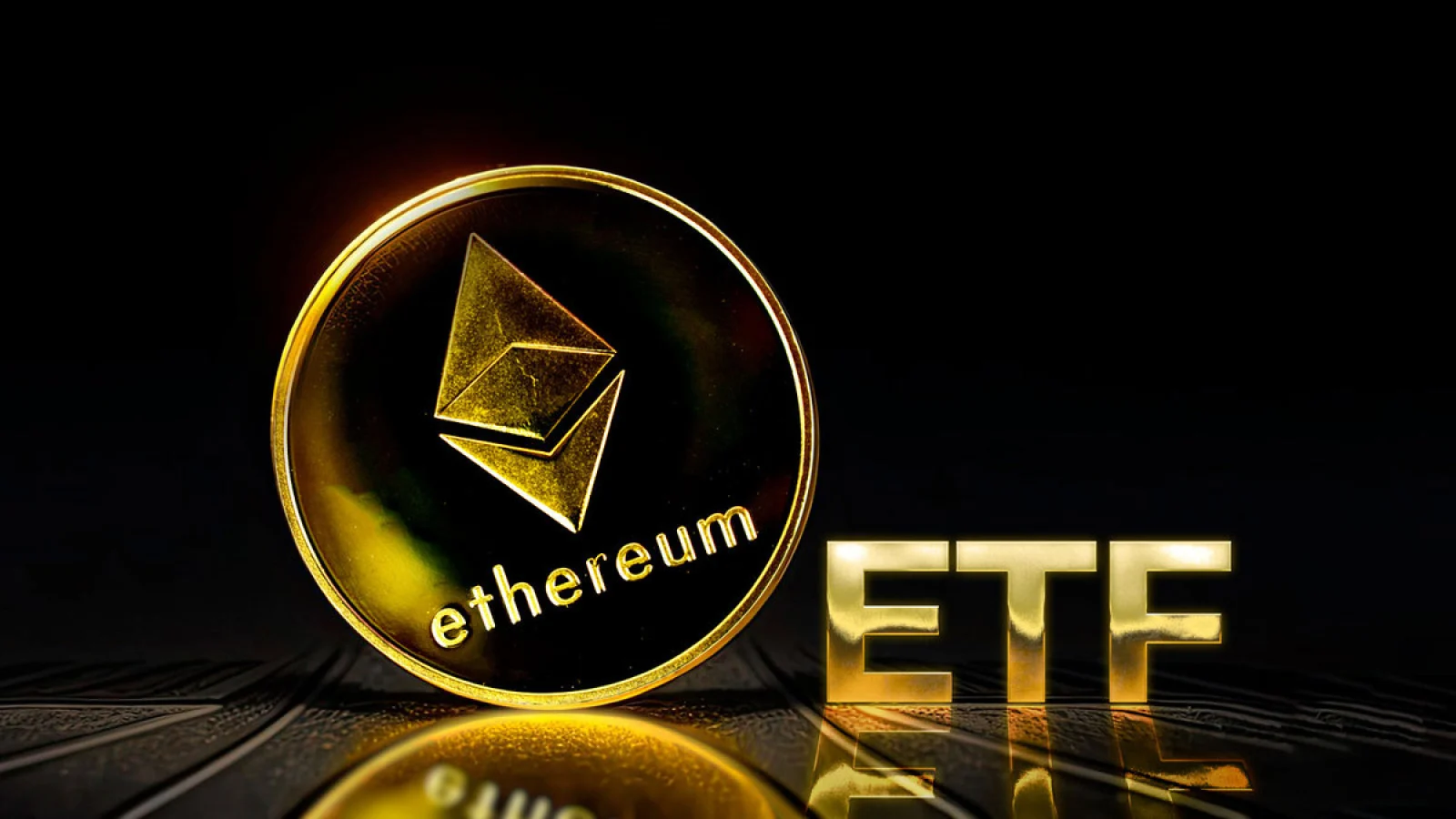The U.S. Securities and Exchange Commission (SEC) recently approved 12 spot Bitcoin exchange-traded funds (ETFs) and nine spot Ether ETFs, marking a significant milestone in the crypto investment landscape. To navigate this evolving market, it’s crucial to understand the key distinctions between spot and futures crypto asset exchange-traded products (ETPs) and what they mean for investors.
Spot Crypto ETFs: Direct Ownership and Simplicity
In traditional finance (TradFi), a spot crypto ETF provides direct exposure to the underlying cryptocurrency, such as Bitcoin or Ether. When you invest in a spot ETF, you’re buying shares that represent ownership of the actual digital asset. This structure allows the ETF to closely mirror the live price of the cryptocurrency, giving investors a direct way to track its value without needing to handle the digital assets themselves. For example, investors don’t need to create an account on a crypto exchange or manage a non-custodial wallet.
Spot ETFs are traded on established stock exchanges like Nasdaq, NYSE, and CBOE, offering increased liquidity and the comfort of regulatory oversight. This makes them particularly attractive to institutional investors who might be cautious about the risks of directly holding cryptocurrencies. Among the 12 spot Bitcoin ETFs currently available in the U.S. are tickers like IBIT, GBTC, BTC, and FBTC. For Ether, the nine spot ETFs include ETHE, ETH, FETH, and QETH, with some ETFs, like those under the ETH and BTC tickers, being Grayscale’s mini Bitcoin and mini Ethereum trusts.
Futures Crypto ETFs: Betting on the Future Price
Unlike spot ETFs, a futures crypto ETF does not involve owning the underlying cryptocurrency. Instead, these ETFs invest in futures contracts, which are agreements to buy or sell the asset at a predetermined price on a specific future date. This means that futures ETFs track the anticipated future price of the cryptocurrency rather than its current market value.
Futures ETFs can exhibit price discrepancies from the spot market due to factors like contract roll costs and market conditions such as contango (where future prices are higher than the current price) or backwardation (where future prices are lower). These dynamics can affect the ETF’s performance, sometimes leading to tracking errors. Leading U.S. futures ETFs for Bitcoin and Ether include tickers like BITO, BTF, XBTF, and EETH.
Choosing Between Spot and Futures ETFs: Risk and Strategy
When deciding between spot and futures ETFs, investors need to consider the differing risk profiles and cost structures. Spot ETFs offer straightforward exposure to a cryptocurrency’s price, but they come with the challenge of relying on a custodian for secure storage of the digital assets. On the other hand, futures ETFs avoid these custody issues but introduce the complexities of the futures market, including potential tracking errors and the additional costs associated with rolling futures contracts.
Ultimately, the choice between spot and futures ETFs depends on an investor’s risk tolerance and investment goals. Spot ETFs might be preferable for those seeking direct exposure to the current price of cryptocurrencies, while futures ETFs may appeal to those comfortable with the nuances of the futures market and interested in speculating on future price movements.
